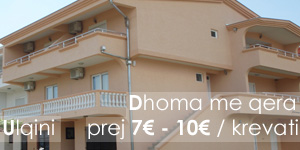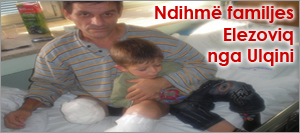The best of Montenegro’s coastline
This little country on the Adriatic (just 600,000 inhabitants) is a fantastic holiday destination offering beautiful coastlines and towns, friendly people, excellent cuisine and relatively low prices. It doesn’t yet attract the big crowds that neighboring Croatia does, but that’s sure to change over the next years, so enjoy it now!
Boka kotorska – This region in the north of Montenegro and close to Croatia used to be part of the Venetian Empire and the name comes from the Italian “bocca” (mouth). This is a dramatic fjord dotted with lovely Venetian towns and ringed by stunning mountains. We based ourselves here for a week and explored the whole area and absolutely never grew tired of observing the rocky mountains and the lovely stone of the buildings with the changing light of day. We stayed in the charming town of Perast , where time seems to have stood still for the last four hundred years and we loved taking our daily swim in the town’s small beach just opposite two lovely island churches. Perast is just a few kilometers from the large town of Kotor, an architectural gem. Don’t miss out on climbing the ruin walls of Kotor’s castle for the dizzying view of the town and the Boka far below. You can’t go wrong here stopping off along the way to visit the charming towns and take a dip in the inviting waters all along this beautiful coastline.

Budva – this is Montenegro’s most developed coastal resort, with many options for accomodation. The old town is lovely as is the town’s stone beach. Unfortunately, Budva has developed a little too rapidly over the past few years and the charming old town has been dwarfed by far-less-than-charming overbuilding around the old town walls. Still, if you are young and looking for good nightlife, this is most likely a good place to start. If you are looking for a quieter atmosphere, as we were, stay elsewhere and make this a daytrip.Budva – this is Montenegro’s most developed coastal resort, with many options for accomodation. The old town is lovely as is the town’s stone beach. Unfortunately, Budva has developed a little too rapidly over the past few years and the charming old town has been dwarfed by far-less-than-charming overbuilding around the old town walls. Still, if you are young and looking for good nightlife, this is most likely a good place to start. If you are looking for a quieter atmosphere, as we were, stay elsewhere and make this a daytrip.

Sveti Stefan – Close to Budva is the picture-perfect island of Sveti Stefan attached to the mainland by a causeway. Relax on the beaches on either side of the causeway and enjoy this tranquil, photogenic spot.

Ulcinj – Until 1878, Ulcinj, at the southermost tip of Montenegro and close to the Albanian border, was part of the Ottoman Empire. In that year, fierce fighting between the Montenegrins and Ottomans led to the eventual annexation of Ulcinj (and Bar to the north) to Montenegro. Montenegro’s Albanian minority makes up about 90% of Ulcinj’s population and that of the surrounding regions. Since the area is also popular in the summer with Albanians and Albanian Kosovars on holiday, you will hear more Albanian spoken here than Montenegrin. The city has a rich history. It was settled by the Greeks, Romans, Ottomans and was famous as a base for the Algerian corsairs. Miguel Cervantes, author of Don Quijote, is said to have been captured by the pirates off the coast of Barcelona and held as a captive in Ulcinj. The Citadel is charming, perched high on a hill with views to the sea below. The Velika Plaža (Great Beach), just south of town is a long stretch of grey sand and the nearby Ada Bojana, an island in the Bojana River, just along the Albanian border has wonderful seafood restaurants not to be missed.

Written by Kimberly Sullivan
www.europealacarte.co.uk







